Gender fluidity in sci-f
Ah, dear reader, if you’ve ever found yourself pondering the very fabric of society, or perhaps just wondering what life might be like if we weren’t quite so… fixed in our notions of gender, then allow me to introduce you to a rather remarkable piece of literature: Ursula K. Le Guin’s The Left Hand of Darkness. It’s a book that doesn’t just tell a story; it gently, yet firmly, invites you to reconsider everything you thought you knew. And isn’t that just delightful?
Introduction: A Journey to Gethen
- Introduction: A Journey to Gethen
- Section 1: For the Uninitiated – A Rather Chilly Thought Experiment
- Section 2: For the SF-Naive – A Necessary Discomfort
- Section 3: For the Devoted Fan – Depths and Distillations
- Major Works: The Legacy of a Visionary
- Conclusion: A Timeless Reflection
- The Left Hand of Darkness: Androgynus Vita (Androgynous Life)
and the Quest for Diverse Existence and Harmonious Coexistence
Imagine, if you will, a world cloaked in perpetual winter, a place called Gethen, or Winter, as its inhabitants affectionately call it. Into this frosty landscape arrives Genly Ai, an envoy from the Ekumen, a vast galactic federation. His mission? To persuade the Gethenians to join this grand alliance. Sounds straightforward enough, doesn’t it? Except, the Gethenians possess a unique biological trait: they are ambisexual. For most of their lives, they are neuter, entering a period of “kemmer” only once a month, during which they temporarily adopt a male or female physiology. This fundamental difference shapes their entire society, their politics, their very way of thinking. Le Guin, with her characteristic grace, uses this premise not for mere shock value, but to meticulously explore how gender, or the lack thereof, influences culture, power, and personal identity. It’s a truly profound undertaking.
Section 1: For the Uninitiated – A Rather Chilly Thought Experiment
Now, for those of you who might usually shy away from anything with “science fiction” emblazoned upon its cover, perhaps imagining spaceships and laser guns (and, admittedly, there are a few of those, though rather understated), let’s consider this a grand thought experiment. Picture a society where, for the vast majority of the time, everyone is simply… a person. No ‘he’ or ‘she’ to trip over, no gendered expectations dictating one’s career path or emotional expression. It’s rather like deciding that everyone, regardless of their usual sartorial inclinations, must wear a perfectly sensible, albeit rather plain, grey jumpsuit. For a while, at least. Then, for a brief, intense period, they might don a rather flamboyant hat or a particularly fetching pair of trousers, only to revert to the jumpsuit shortly after.
The humour, you see, comes from Genly Ai’s utterly bewildered attempts to comprehend this. He arrives with all his preconceived notions of masculine and feminine roles, and they are, quite simply, rendered utterly meaningless. It’s like trying to explain the intricacies of cricket to someone who only understands baseball – the rules are just different, and the ball, well, it’s still round, but the game is played on a pitch, not a diamond! It’s a gentle, often amusing, dismantling of our own cultural biases, wrapped up in a wonderfully atmospheric tale of ice and intrigue.
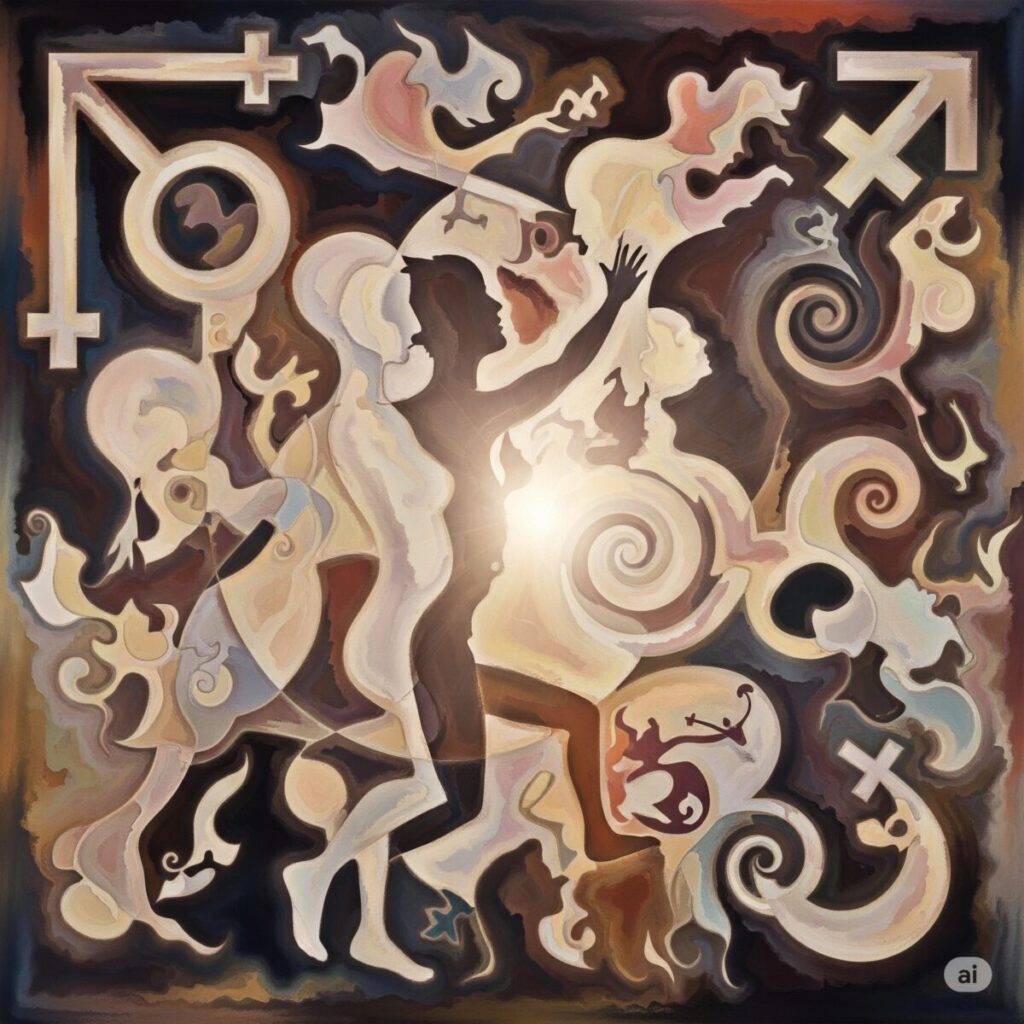
Section 2: For the SF-Naive – A Necessary Discomfort
For those who find themselves somewhat bewildered by the very concept of “speculative fiction,” one might, with a sigh, acknowledge that the premise of The Left Hand of Darkness can feel rather… inconvenient. Why, one might ask, must we complicate matters with ambisexual aliens when the human condition itself provides ample fodder for literary exploration? Indeed, it’s a perfectly valid, if somewhat unimaginative, query.
Yet, it is precisely this “inconvenience” that forms the very bedrock of Le Guin’s genius. She forces us, rather unceremoniously, to confront our deeply ingrained assumptions about gender, power, and identity. It’s a bit like being presented with a perfectly logical argument that contradicts your most cherished, albeit unexamined, beliefs. One might scoff, one might dismiss it as mere fantasy, but the seed of doubt, once planted, tends to blossom in the most unexpected ways.
The truth is, dear reader, that while one is perfectly entitled to remain ensconced in the comforting familiarity of conventional narratives, there’s a certain… rigour to be found in venturing beyond. One might even find, dare I say, a sliver of enlightenment. Perhaps even a new appreciation for the sheer audacity of human imagination. And if not, well, at least you’ve had a good ponder, haven’t you?
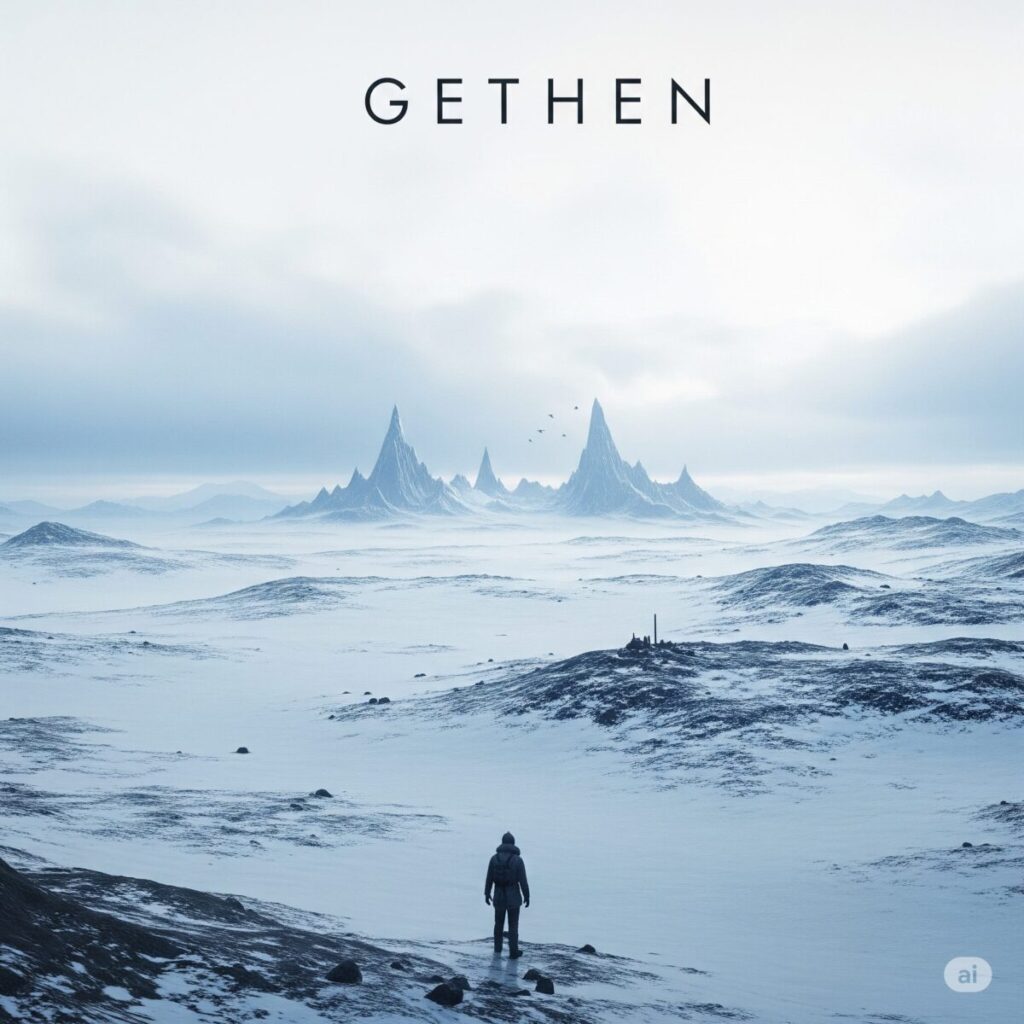
Section 3: For the Devoted Fan – Depths and Distillations
For those of us who revel in the intricate tapestries of speculative fiction, The Left Hand of Darkness remains a towering achievement, a cornerstone of the genre. Its exploration of gender fluidity is not merely a plot device; it’s the very lens through which Le Guin scrutinises the universal human experience. The Gethenians’ ambisexuality allows for a profound examination of how societal structures, political systems, and even personal relationships are shaped when the binary distinctions of gender are removed. It’s a masterclass in anthropological science fiction, presenting a meticulously crafted culture that feels utterly alien yet profoundly human.
Beyond the central theme of gender, the novel delves into the complexities of communication, the nature of truth, and the often-fraught relationship between individual and state. The narrative, presented through Genly Ai’s reports, Gethenian myths, and historical accounts, creates a rich, multi-layered tapestry that invites repeated readings. Its connection to the wider Hainish Cycle, exploring the origins and evolution of humanity across the galaxy, adds another layer of intellectual delight. Le Guin, ever the Taoist, presents a world of balance and paradox, where “light is the left hand of darkness, and darkness the right hand of light.” The novel’s enduring power lies in its ability to challenge, to provoke, and ultimately, to expand our understanding of what it means to be sentient.
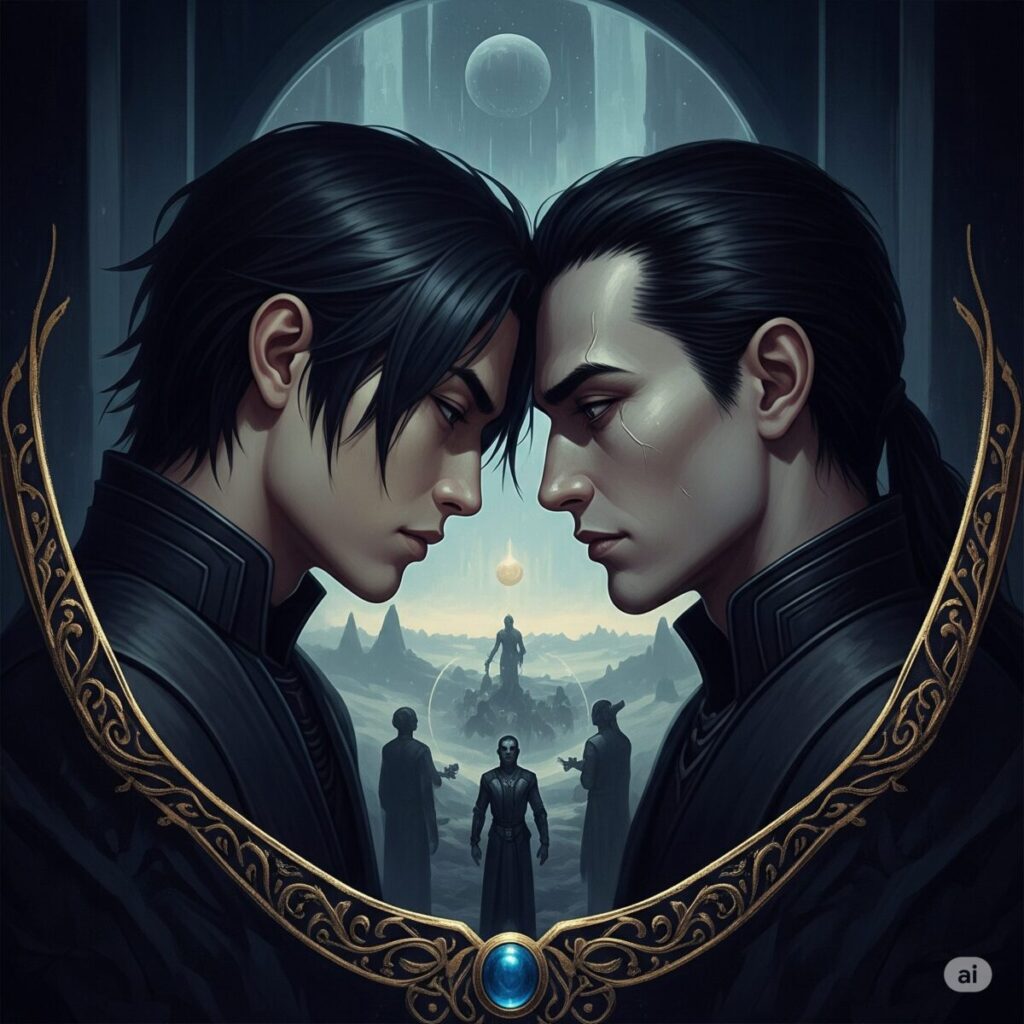
Major Works: The Legacy of a Visionary
Ursula K. Le Guin was, quite simply, a titan of literature, transcending the boundaries of genre. If The Left Hand of Darkness has piqued your interest, I heartily recommend exploring her other magnificent contributions:
- A Wizard of Earthsea: The enchanting beginning of her seminal fantasy series, a coming-of-age tale steeped in magic and wisdom.
- The Dispossessed: Another Hainish Cycle novel, a brilliant exploration of anarchism versus capitalism, earning both Nebula and Hugo Awards.
- The Lathe of Heaven: A mind-bending tale about a man whose dreams can alter reality, offering a philosophical look at power and responsibility.
- The Word for World Is Forest: A powerful novella that explores colonialism and environmentalism, set within the Hainish universe.
Each of these works, in their own unique way, showcases Le Guin’s unparalleled ability to blend profound philosophical inquiry with captivating storytelling.
Conclusion: A Timeless Reflection
So there you have it. The Left Hand of Darkness is not merely a book about gender fluidity in sci-fi; it is a timeless meditation on what it means to be human, stripped bare of our most fundamental assumptions. It’s a challenging, yet ultimately rewarding, read that will linger in your thoughts long after you’ve turned the final page. A truly essential piece of speculative fiction, and one that I wholeheartedly encourage you to discover.
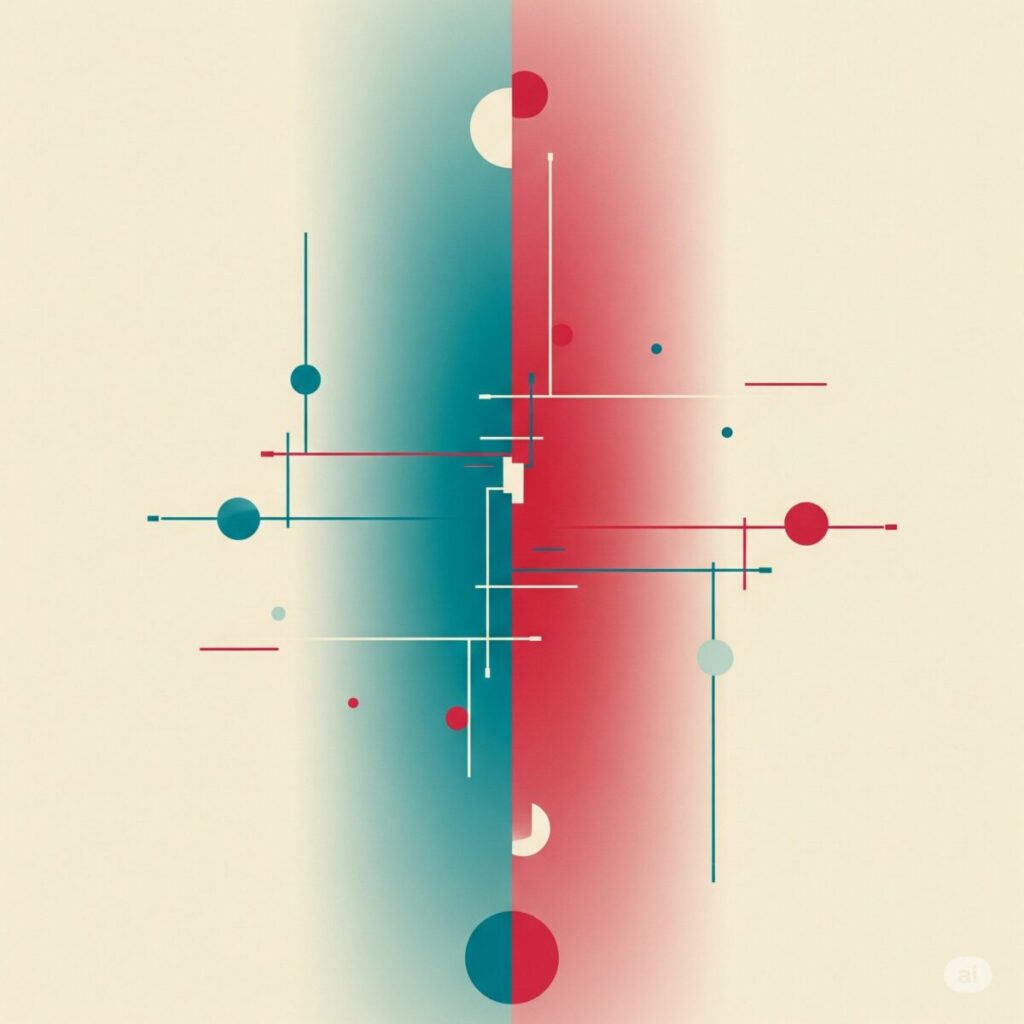
The Left Hand of Darkness: Androgynus Vita (Androgynous Life)
and the Quest for Diverse Existence and Harmonious Coexistence
Related Articles
-
Beyond the Double Crown: Unearthing Other SF Literary Awards

Explore the vast world of SF literary awards beyond the Hugo and Nebula. Discover other SF awards that celebrate diverse voices and innovative works in science fiction.
-
Mummy, Why Does JOY Make Us Smile? — A Little Chat About Cat Healing and Life’s Gentle Philosophy

Discover how a ginger cat called JOY and his Daddy show us the beauty of life, love, and gentle healing through their everyday moments. A simple story of connection, comfort, and life’s quiet magic.
-
Inner Voice Journey: Unveiling Truth

Inner Voice Journey: Discover your authentic self by trusting unseen wisdom. Embrace personal growth and find truth in mindful living.

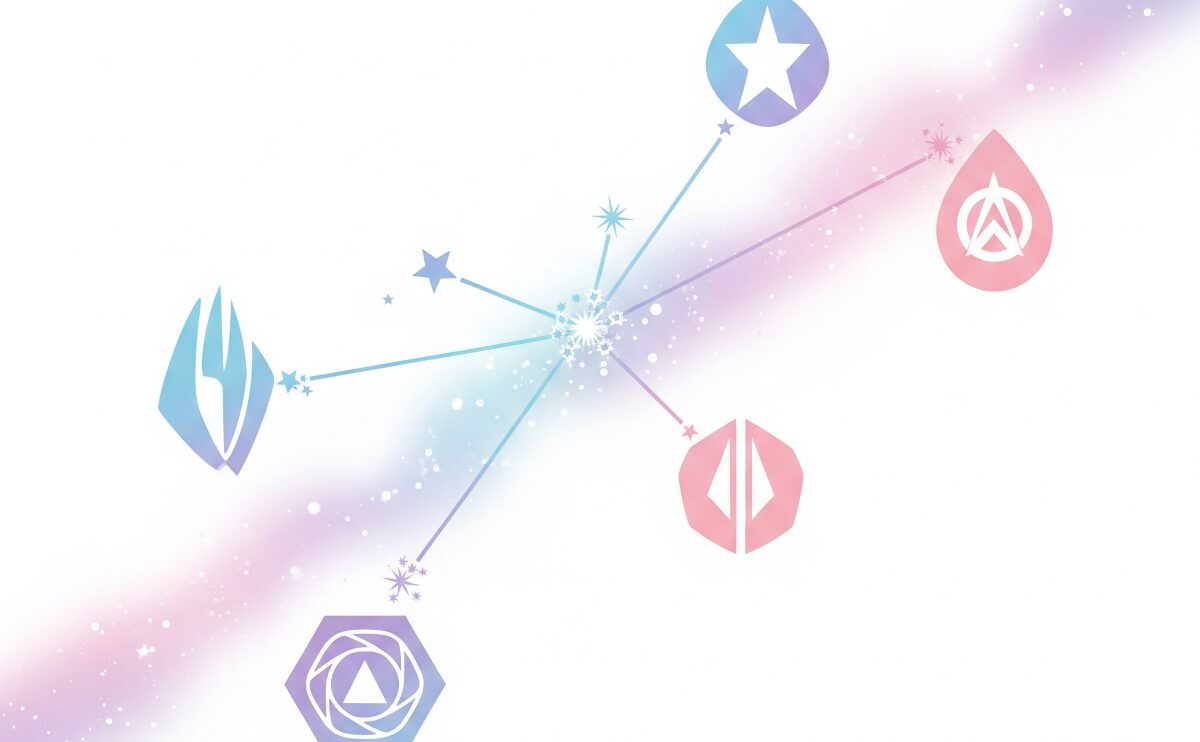
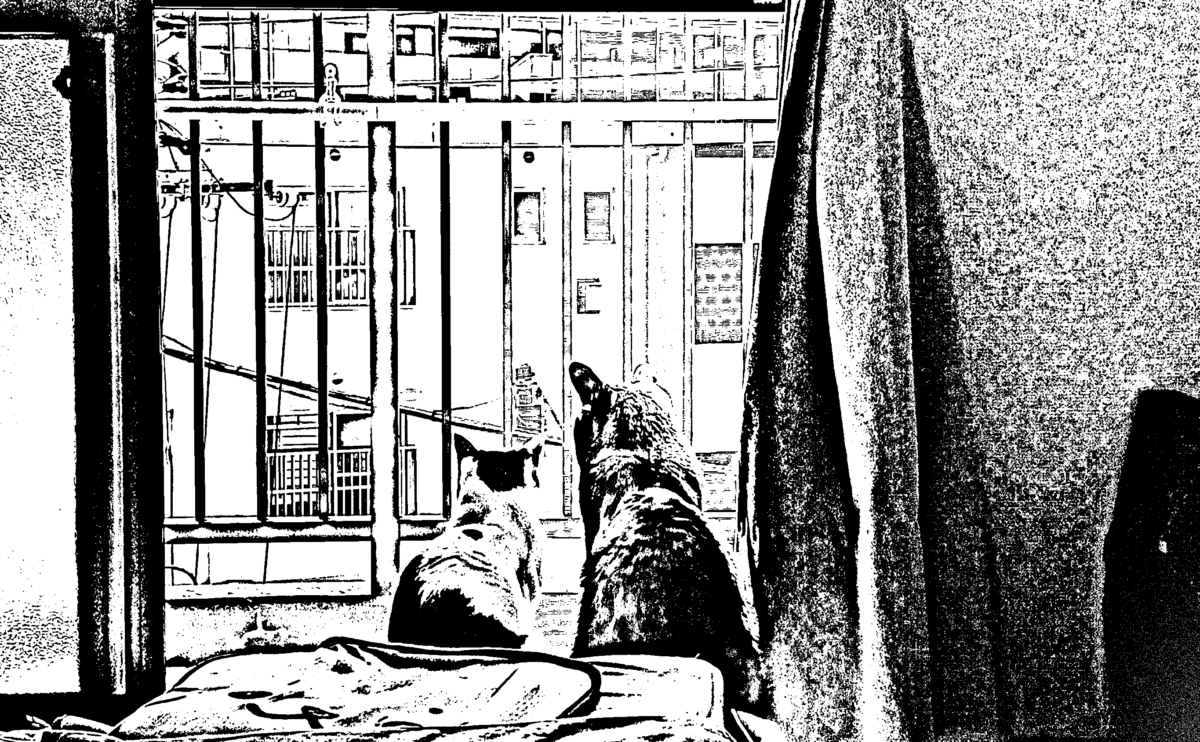
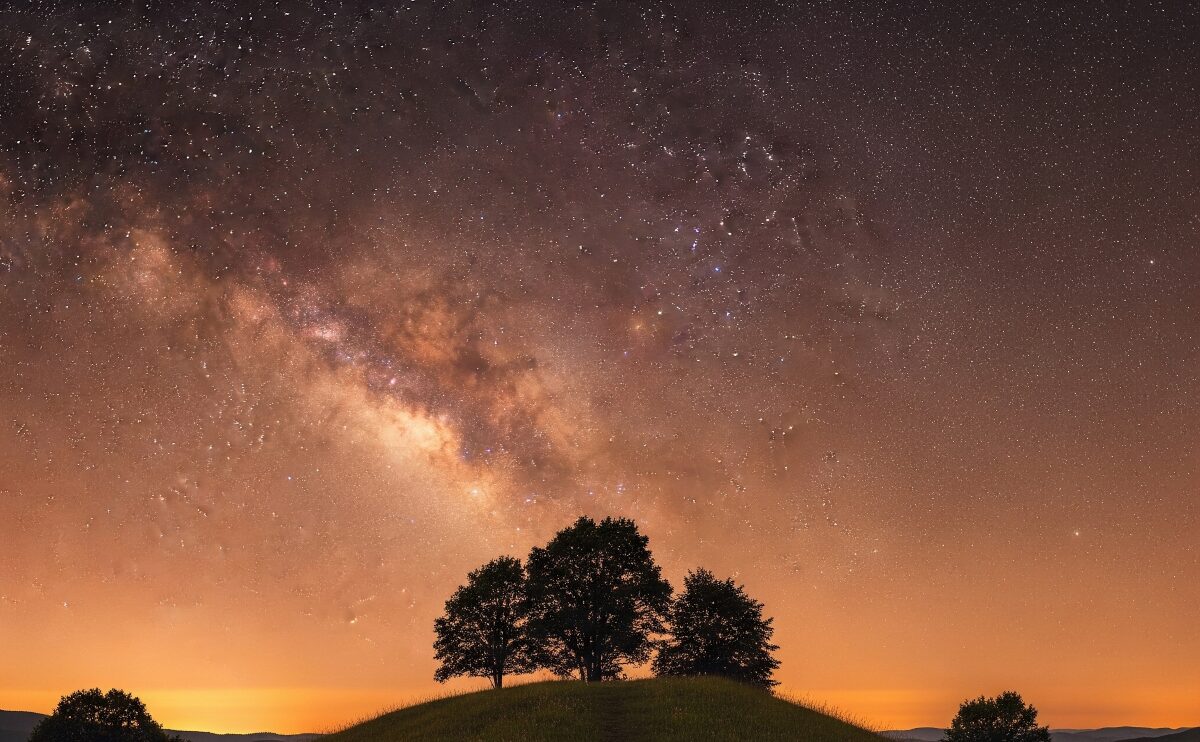
Leave a Reply